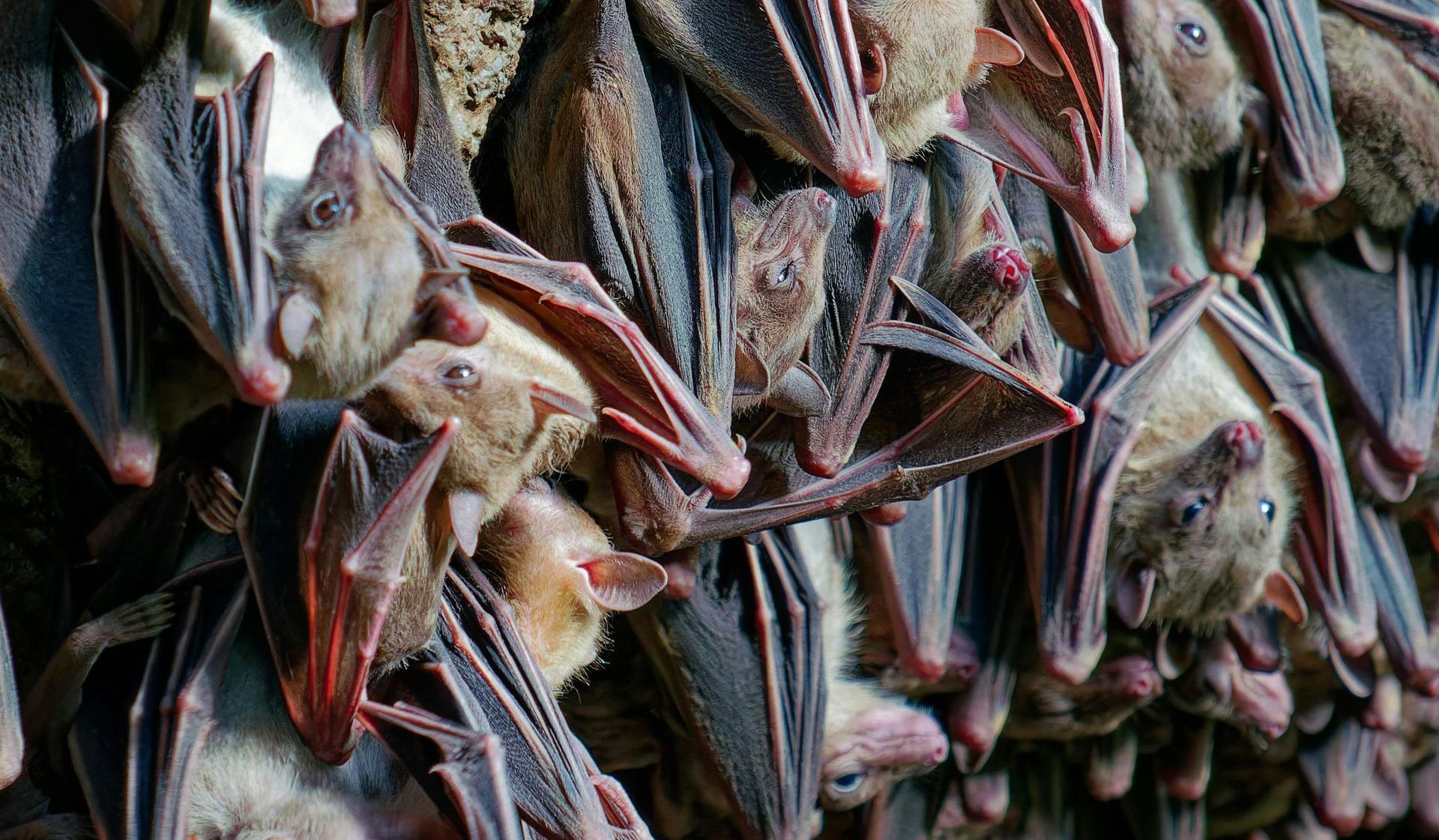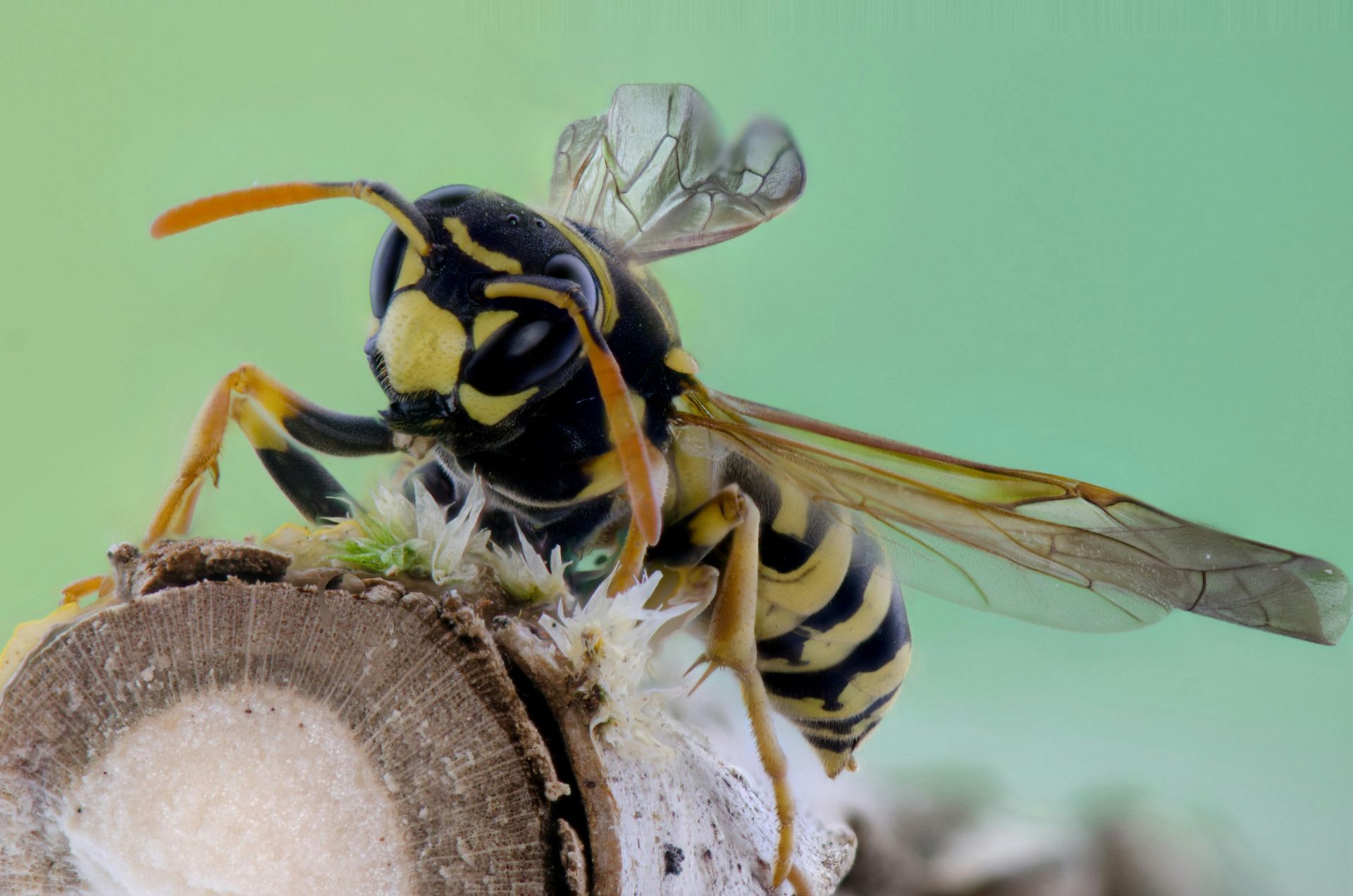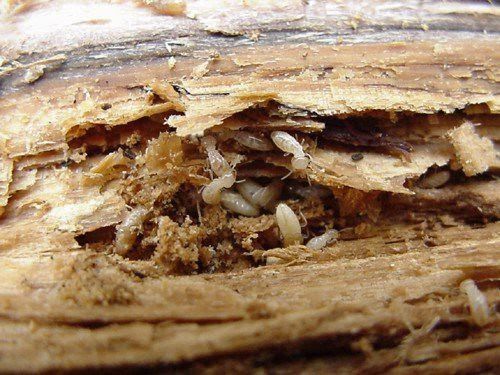Bats in Georgia
Georgia is home to a remarkable array of bat species, with over 16 documented varieties fluttering through its night skies. Among these are insectivorous species like the little brown bat (Myotis lucifugus), the eastern red bat (Lasiurus borealis), and the big brown bat (Eptesicus fuscus). These species feast on insects, consuming vast quantities of pests like mosquitoes, moths, and agricultural pests, making them invaluable allies in pest control.
Beyond insectivores, Georgia also hosts frugivorous bats such as the evening bat (Nycticeius humeralis) and the hoary bat (Lasiurus cinereus). These fruit-eating bats play essential roles in seed dispersal and pollination, contributing to the health and diversity of Georgia's plant communities.

Roosting Habits
In the daylight hours, bats seek refuge in roosts, which serve as their homes during periods of rest and reproduction. Georgia's bats utilize a variety of roosting sites, including caves, hollow trees, residential homes, bridges and commercial buildings. Some species, like the federally endangered gray bat (Myotis grisescens), form large colonies in caves, while others, such as the eastern red bat, prefer solitary roosts among foliage.
Bat roosts provide more than just shelter; they also serve as crucial sites for mating, giving birth, and raising young. Female bats gather in maternity colonies during the spring and summer months, where they give birth to and care for their pups. These colonies are essential for the survival of bat populations, making the protection of roosting sites a priority for conservation efforts in Georgia.
Threats to Bat Populations
Despite their ecological importance, Georgia's bats face numerous threats that jeopardize their survival. Habitat loss and fragmentation, caused by urbanization, deforestation, and agricultural expansion, pose significant challenges to bat populations. Destruction of roosting sites deprives bats of crucial shelter and nesting opportunities, forcing them into less suitable habitats where they are more vulnerable to predation and environmental stress.
Furthermore, bats are susceptible to disturbances caused by human activities, such as cave exploration, vandalism, and negligent bat removal attempts performed by individuals that do not concern themselves with the health of the bats they wish to remove from a structure. White-nose syndrome, a fungal disease that has devastated bat populations across North America, poses a particularly grave threat to Georgia's bats. This disease, caused by the fungus Pseudogymnoascus destructans, has decimated millions of bats since its discovery in 2006, wreaking havoc on hibernating bat populations and threatening numerous species with extinction.
Championing Bat Conservation
Despite these challenges, dedicated conservationists and researchers are working tirelessly to protect Georgia's bats and their habitats. Organizations like the Georgia Bat Working Group collaborate with government agencies, academic institutions, and citizen scientists to monitor bat populations, conduct research, and implement conservation strategies.
Education and outreach efforts play a crucial role in raising awareness about the importance of bats and dispelling myths and misconceptions surrounding these misunderstood creatures. Public initiatives, such as bat festivals, guided bat walks, and educational workshops, engage communities in bat conservation efforts, fostering appreciation for these remarkable animals and inspiring stewardship of their habitats.
Bats in Your Home or Structure
These situations should be handled with caution for the safety of humans and bats. Bats are rabies vectors and can carry a variety of zoonic diseases. If you find a grounded bat do not touch it or attempt to pick it up. If you have a bat in a closed space such as inside the living area of your home, humans and pets should leave that space immediately until the bat is removed. If it can be confirmed that the bat in question has not scratched or bitten any person or animal. First try opening any windows or doors leading outside and allow the bat to leave that space on its own. If that does not work the next option would be to wait patiently until the bat is landed and calm then place a box over it and slide a flat lid carefully in place trapping the bat. Place the trapped bat in a dark quiet place until it is dark outside and release the bat in an elevated position such as a tree branch.
Bats can enter human dwellings in numbers utilizing attic space vents, chimneys vents, or through a variety of vulnerable points of entry on structure. Why? To roost inside the structure. Removal of bats from a structure involves sealing off all vulnerabilities for bat entry and establishing one way exits that allow the bats to leave the structure safely and does not allow them to re-enter. This process is called Exclusion. Bat valves are commonly created with a empty tube of caulk with a long plastic flap secured to the end of it. A bat valve will allow bats to leave through the tube and the plastic flap will deny them re entry through the tube. Netting methods can be used for tight fitting entry points. Stretch and secure the netting material tight over the entry point to allow the bats to exit freely, while the netting material snaps back shut behind them denying the bats re- entry. Bat exclusion should be avoided during bat maternity season April 1st -July 30th as young bats are not yet able to fly and will likely die during the exclusion process. Should a bat exclusion need to take place during maternity season it should be performed by a Nuisance Wildlife Control Operator According to recommendations set forth by the Georgia Department of Natural Resources.
Contact Us
McDonough, GA 30253



